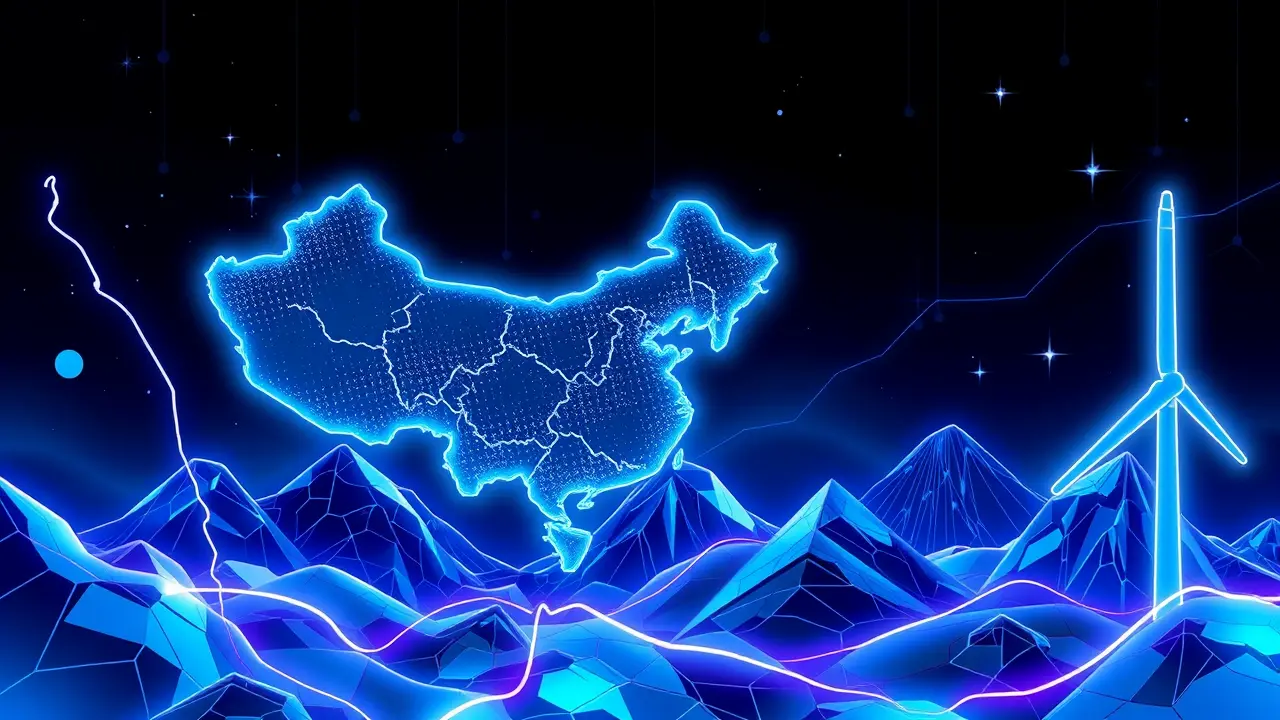China Expands Export Controls on Rare Earths
The announcement from China’s Ministry of Commerce last Thursday, expanding export controls on rare earth elements, was not merely another regulatory tweak but a calculated move in the high-stakes geopolitical chessboard, one that risk analysts had been modeling for months. This development shatters the tenuous peace that had characterized US-China relations through multiple rounds of talks and a carefully maintained temporary trade truce, threatening a rapid re-escalation into the kind of dangerous spiral both nations had ostensibly worked to avert.The core of the strategic gambit lies in China’s near-monopolistic position in the global rare earth supply chain; these seventeen metallic elements are not mere commodities but the lifeblood of modern civilization, absolutely critical for the manufacturing of high-performance magnets found in everything from electric vehicle motors and wind turbines to the precision-guided munitions and F-35 fighter jets that form the backbone of Western military superiority. Historical precedent is starkly clear—this is not Beijing’s first deployment of the rare earth weapon, with the 2010 embargo against Japan over a territorial dispute serving as a chillingly effective proof-of-concept that sent global markets into a frenzy and forced a recalibration of supply chain vulnerabilities worldwide.The immediate market reaction to last week’s news was a predictable jolt of volatility, with mining stocks outside of China experiencing a sharp uptick while manufacturers from Detroit to Stuttgart initiated emergency supply reviews, but the more profound, second-order risks are what keep scenario planners awake at night. We must consider the cascade of potential consequences: a significant acceleration of inflation in the green technology sector, potentially derailing climate goals; a frantic, government-backed scramble to re-open or expand mothballed mines in California and Australia, projects fraught with environmental and permitting challenges that cannot be solved overnight; and a likely, aggressive push for technological substitution and advanced recycling methods, which remain years away from commercial viability at the required scale.From a risk-analytical perspective, this move can be interpreted through multiple lenses—as a retaliatory measure against ongoing US tech restrictions on semiconductors, as a strategic play to undermine the Inflation Reduction Act’s domestic production incentives, or simply as a demonstration of raw economic statecraft designed to remind Washington of its enduring leverage. The most probable short-term scenario involves a managed tension, where both sides engage in calibrated brinkmanship without a full-blown trade war, but the tail risk—perhaps a 15-20% probability—is a miscalculation that leads to a rapid, reciprocal imposition of tariffs on other critical goods, effectively torpedoing the fragile diplomatic detente and locking both superpowers into a new, colder economic conflict from which de-escalation becomes exponentially more difficult.
JA
Jamie Larson123k2 days ago
bro this is getting crazy like didn't we learn from the last time this happened smh
0
